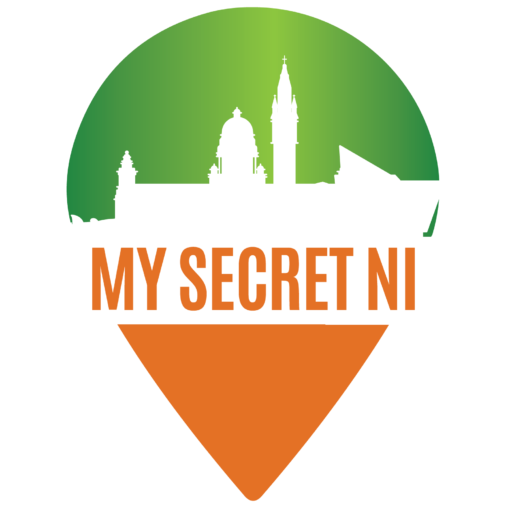Dunmisk Enclosure is an important site in County Tyrone, Ireland, since it contains the remains of a Christian burial ground and chapel as well as prehistoric earthwork. It is assumed to be one of the few industrial centres of Ireland during prehistoric times, and was later used as the base for an early Christian monastic community. Set atop a hill, it provides a majestic view of the Camowen Valley and is located on the prow of a gravel ridge. In fact, the site owners were quarrying for gravel when they chanced upon the site in 1984-85 and handed it over to archaeologists for excavation. Upon excavation, the major findings were various crucible artefacts, more than 500 graves and a magnanimous half-finished wooden structure, quite possibly a church.
The name of the site may be a reference to St. Patrick’s brewer, as it literally means Mescan’s hill fort in Irish. The site was earlier thought to be a fort, though the findings of the excavation proved it to be of religious nature. The enclosure covers total area of 3,500 sq m, even though only 860 m were covered during the excavation. Archaeologists who excavated the site determined, via the elimination process, that settlements were made on the hilltop, even though there are no other proofs of the same.
The prehistoric industrial site is located away from the graveyards, even though graves did encroach the area. Several significant findings were made in the industrial portion, such as fragments of various tuyeres, numerous mould fragments, 145 sherds of crucibles and substantial quantity of slag. The fact that crucible used for producing glass were found at this enclosure makes it quite important from the historic point of view. This is so because it is the first glass manufacturing site in the whole country. The excavation unearthed thirteen separate glass items here, which further accentuates the gravity of its significance. Apart from these, three copper alloy pins, an amber head, a section of a lignite bracelet and two sherds of flat-rim ware also discovered here.
The archaeologists also found evidence of a medieval Christian monastic settlement, which was possibly building a church before abandoning the site due to unknown reasons. Along with that, a large number of graves, numbering up to 535 and several with multiple inhumations, were also found. Identifying the gender of those buried in the graves was possible; skeletons of 26 males, 27 females and 40 juveniles, among those 30 being less than ten years old, were determined. The site is assumed to have a workforce of both sexes, which was in the process of building a rectangular wood-based structure. The foundation of the structure is set towards the east, while the rest of the structure is lined with post-holes. Numerous graves have are situated in line with the structure, and some are even located within it. This gives rise to the school of thought that advocates the possibility of the site being a church, quite possibly the lost Domnach Mescain.
Show / Hide More 

| Related Content |  |
Towns
| Omagh Positioned on the river strule of rivers Drumragh and Camowen, Omagh is a large suburban town of county Tyrone. The town…read on |
Museums
| Peatlands Park Peatlands Park, the first of its type in the British Isles, is located close to the southern shores of Lough Neagh. Site…read on |
Monuments
| Dunmisk Enclosure Dunmisk Enclosure is an important site in County Tyrone, Ireland, since it contains the remains of a Christian burial gr…read on |
| Ardboe Old Cross Ardboe Old Cross in County Tyrone inspires many Christians who visit this high cross from all over the world to admire…read on |
Golf
| Omagh Golf Club Designed in such a way that players of any skill level can have a good time playing golf at this place, the wonderful …read on |
Gardens
| Parkanaur Forest Park Parkanaur Forest Park may not be a well-known place but it is surely one where peace of mind can be had. It neither char…read on |
Castles
| Castlederg Castle Lying on the estuary of River Derg, the ruined Castlederg Castle is a prominent site of the Castlederg village in county…read on |
Show/Hide Related Content 

| Photos Nearby |  |
All Imagery Courtesy of Panoramio 
| Location Map |  |


5 thoughts on “Dunmisk Enclosure, County Tyrone”
Comments are closed.